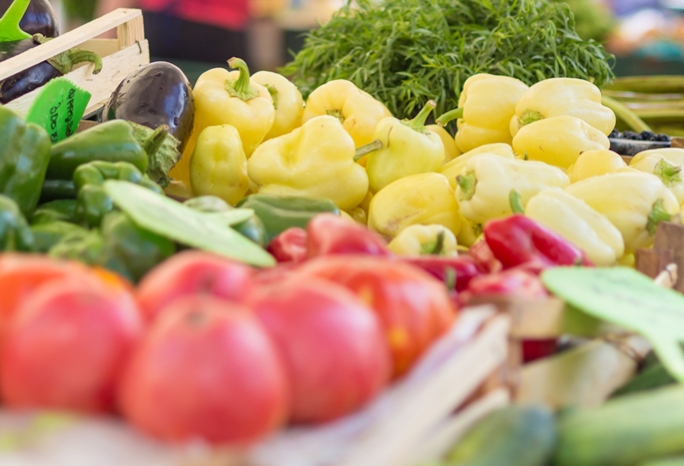Don't miss these 6 spring fruit finds in season right now
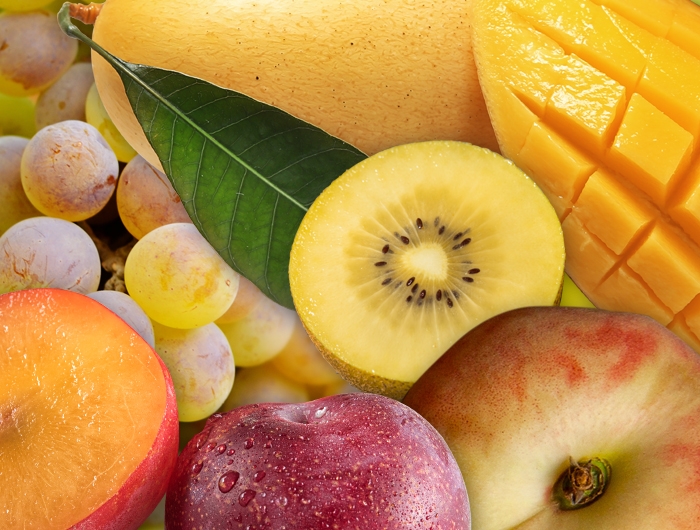
stock.adobe.com - New Africa (mango), Brent Hofacker (kiwi), kostik2photo (peach), (apriums), Mikhailov Studio (grapes)
This article is free for a limited time. Subscribe to access every article and recipe.
This article comes from Nutrition Action. We don't accept any paid advertising or corporate or government donations. Any products we recommend have been vetted by our staff and are not advertisements by the manufacturers.
By July, perfect summer fruit is everywhere, but you can get a spring fruit fix now. Most of these hidden gems—like apriums, gold kiwi, honey mango, donut peaches, and Muscat grapes—show up now (or in early summer). You can find the others—like golden berries and Cotton Candy grapes—pretty much anytime.
What is a golden berry?
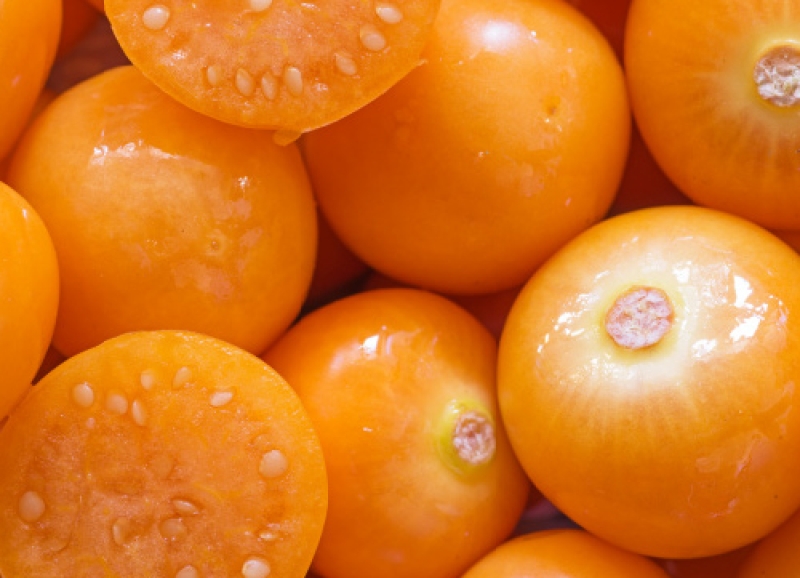
The pleasantly tart, juicy, tropical-tasting golden berry (aka Cape gooseberry) looks more like a baby yellow tomato than a berry. In fact, it’s a relative of the tomatillo.
Golden berries nutrition highlights
A 1-cup serving of fresh golden berries has:
- 70 calories
- 4 grams of fiber
- 20% of a day’s vitamin C
- 6% of a day’s vitamin A
How to select, store, and use golden berries
- Many grocers stock golden berries fresh or dried year-round.
- Some fresh golden berries are sold with their translucent, papery brown husk still attached. Just remove and then rinse immediately before eating.
- Fresh golden berries are sold ripe. Just refrigerate until you’re ready to eat them.
- Snack on fresh golden berries whole or slice them in half and add to a yogurt bowl or an arugula salad.
- Dried golden berries like Whole Foods 365 Organic’s are more tart than sweet. For a trail mix add-in that’s not candy-like, sprinkle some in with your favorite nuts and seeds.
What is an aprium?
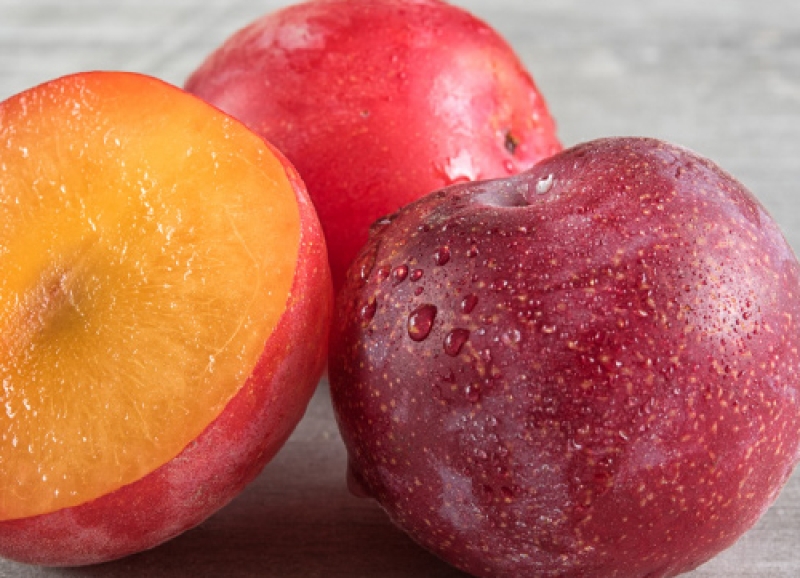
Apriums are hybrids of apricots and plums, so they deliver the tastes of both stone fruits in a plum’s dense, juicy flesh and fuzz-free skin.
A “hybrid” means plant scientists developed apriums by cross-breeding apricots and plums, not by using genetic modification. (The only GMO fruits available in the United States are non-browning “Arctic” apples, “Pinkglow” pink pineapples, and most papayas grown in Hawaii—they've been engineered to resist a virus that had threatened Hawaii's papaya farms.)
How to select, store, and use apriums
- The first varieties of apriums hit stores and farmers markets in late May and June, months before summer stone fruits like peaches and plums.
- A ripe aprium will give just a little when squeezed (gently!).
- To speed up ripening, stow apriums and other stone fruits in a closed paper bag on the countertop. Then refrigerate any ripe fruit you won’t be eating within a few days.
- Add fresh slices to yogurt, cereal, oatmeal, or grain or green salads.
Aprium recipes
Apriums work well in many dishes where you’d typically add peaches, nectarines, apricots, or plums. Try subbing them into any of these recipes from The Healthy Cook, Kate Sherwood:
What is a gold kiwi?
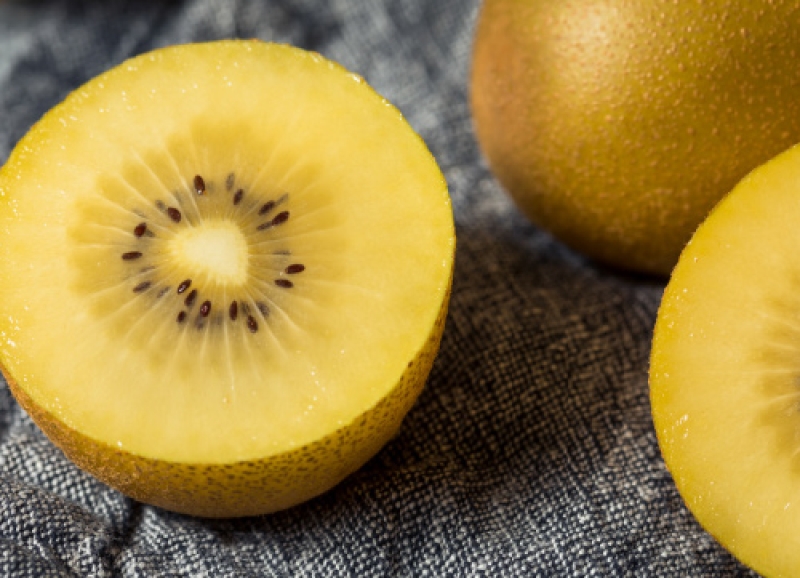
Compared to its green cousin, a gold kiwi has less-tangy flesh, fewer seeds, a smaller core, and smoother skin. Zespri, New Zealand’s kiwi-growing giant, spent a decade cross-breeding kiwis to develop SunGold, the most popular gold variety.
Kiwi nutrition highlights
- All kiwis (green or gold) offer potassium, folate (a B vitamin), fiber, and vitamins C, E, and K.
- The flesh of green kiwis packs more vitamin K and fiber, but gold-fleshed kiwis have more vitamin C.
- An average kiwi has about 50 calories, depending on its size.
How to select, store, and use kiwi
- Green kiwi is easy to find year-round, but peak season for gold kiwi runs from late spring through fall.
- Let your kiwis ripen on the kitchen counter until they yield to slight pressure, just like a ripe avocado or peach. Once ripe, they’ll last for a week or two in the fridge.
- Gold kiwi’s un-fuzzy skin means you can eat it without peeling. Not gonna do that? Just cut in half and spoon out the flesh.
- Can’t get enough kiwi? Also keep your eyes peeled for kiwi berries. They pop up in stores for a short time in fall or winter. The grape-size fruit has smooth (edible) skin and kiwi-like flesh—just like a kiwi you can eat in one bite.
Kiwi recipes
What is a honey mango?
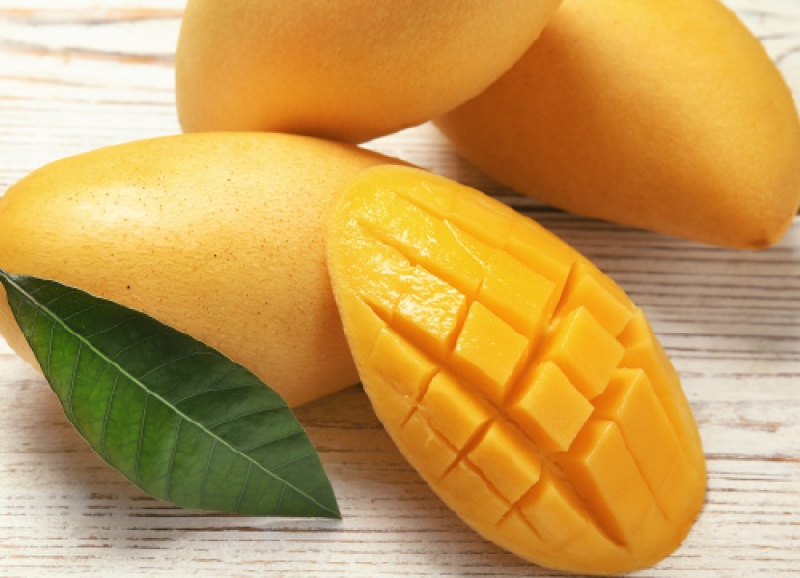
The petite, oblong-shaped honey mango is smaller than a typical mango, with sweeter, smoother fruit and velvety flesh that’s never fibrous or stringy.
Mango nutrition highlights
A 1-cup serving of mango has about:
- 100 calories
- 65 percent of a day’s vitamin C
- 20 percent of a day’s folate
- 10 percent of a day’s vitamin A and fiber
How to select, store, and use honey mango
- Don’t see honey mangoes in your supermarket? They also go by names like Champagne or Ataulfo. And keep in mind that honey mango’s peak season is short (March to July).
- A honey mango is ripe when the skin turns a deep golden yellow and wrinkles slightly, yields to a gentle squeeze, and smells great.
- Not ready to eat a ripe honey mango? Refrigerate for up to five days before slicing.
- You can remove their delicate skin with a vegetable peeler.
- Tip: Want to skip the peeling, pitting, and chopping? Snack on a bag of regular frozen mango chunks.
Mango recipes
What is a donut peach?
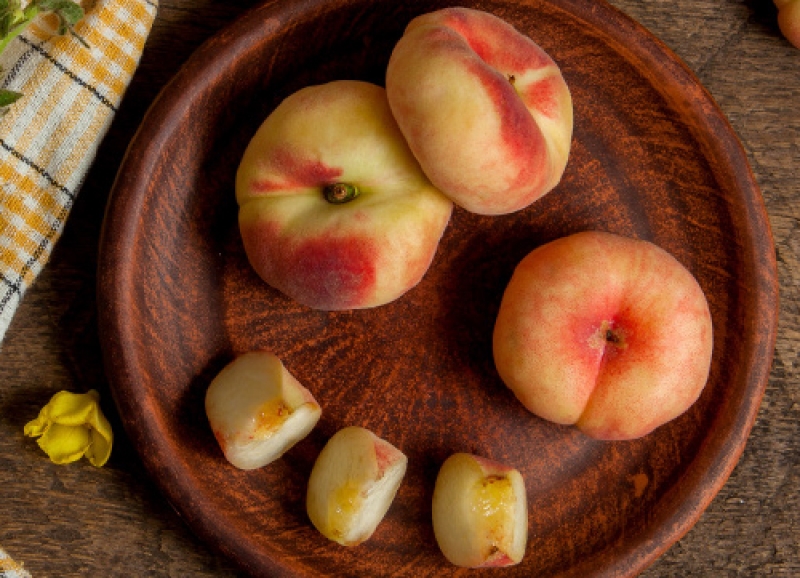
Donut peaches are smaller and more squat than full-size peaches, and some varieties come into season in late spring, long before late-summer peaches hit their peak.
Peach nutrition highlights
A 5 oz. serving of peaches has about:
- 60 calories
- 2 grams fiber
- 10% of a day’s vitamin C
How to select, store, and use donut peaches
- The donut peach may also be called the Saturn, UFO, or flat peach.
- Let soften in a closed brown paper bag on the countertop until they yield slightly to the touch. Store in the fridge for a few days if you’re not ready to eat them.
- Donut peaches are less fuzzy than full-size peaches, so there’s no need to peel if you’re fuzz-averse. Just rinse and snack out of hand.
- Add chopped donut peaches to yogurt, cereal, oatmeal, grain or green salads, or smoothies: Simply blend up some fresh peaches and frozen berries with milk (or plant milk, yogurt, or kefir), and enjoy.
Peach recipes
What is a Muscat grape?
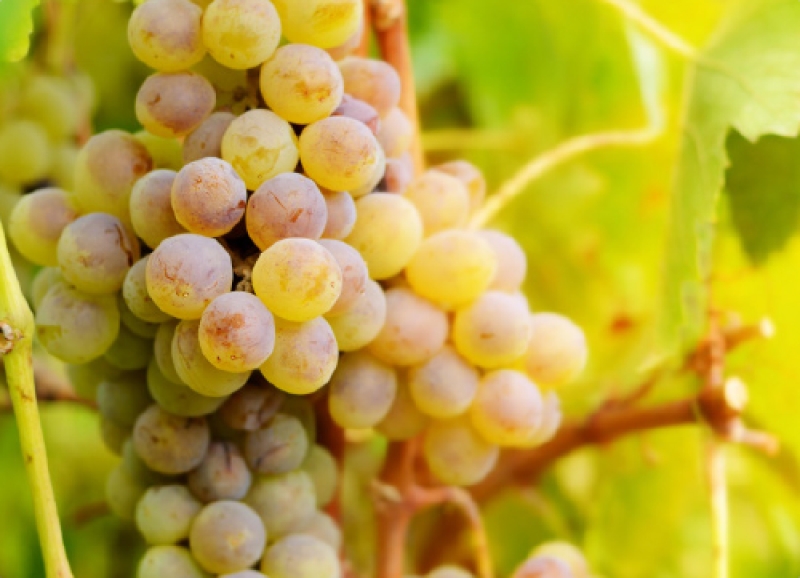
Springtime means you might spot pink- or red-tinged Muscat grapes (some go by names like Honey Pearl). With a delicately sweet flavor and a tropical taste like lychee, they’re a knockout.
Grape nutrition highlights
Most varieties of grapes offer a smattering of B vitamins, vitamin K, and potassium, all for just 100-or-so calories per cup.
More grape tips
- Want candy-sweet flavor year-round? Go for Cotton Candy, a hybrid green grape created from cross-breeding regular table grapes with other seedless varieties to yield its characteristic cotton-candy taste.
- In late summer, try purple Thomcord grapes—think Concord grapes but without their seeds.
- For an icy warm-weather treat, rinse and then freeze any grapes. Let them defrost for a few minutes before eating.
Tags
Topics
More on fruits and vegetables
Tips for buying, ripening, and eating fruit
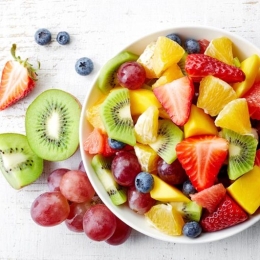
Tips for buying, cooking, and eating vegetables
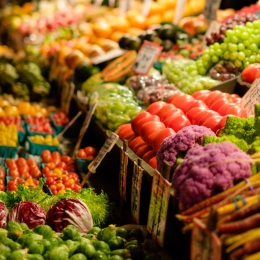
The healthiest foods
